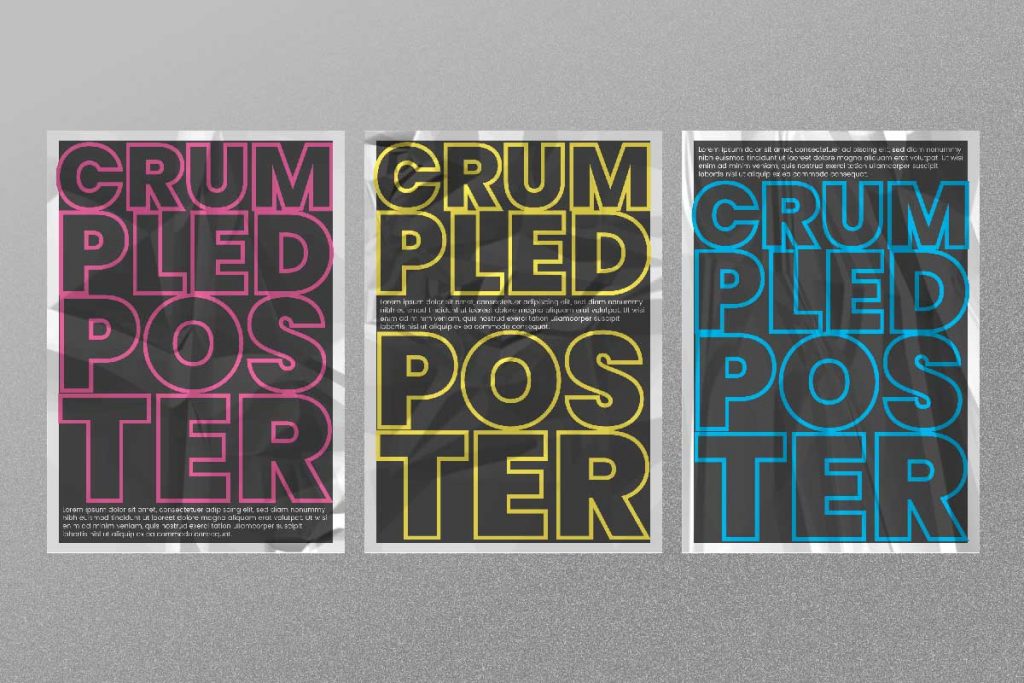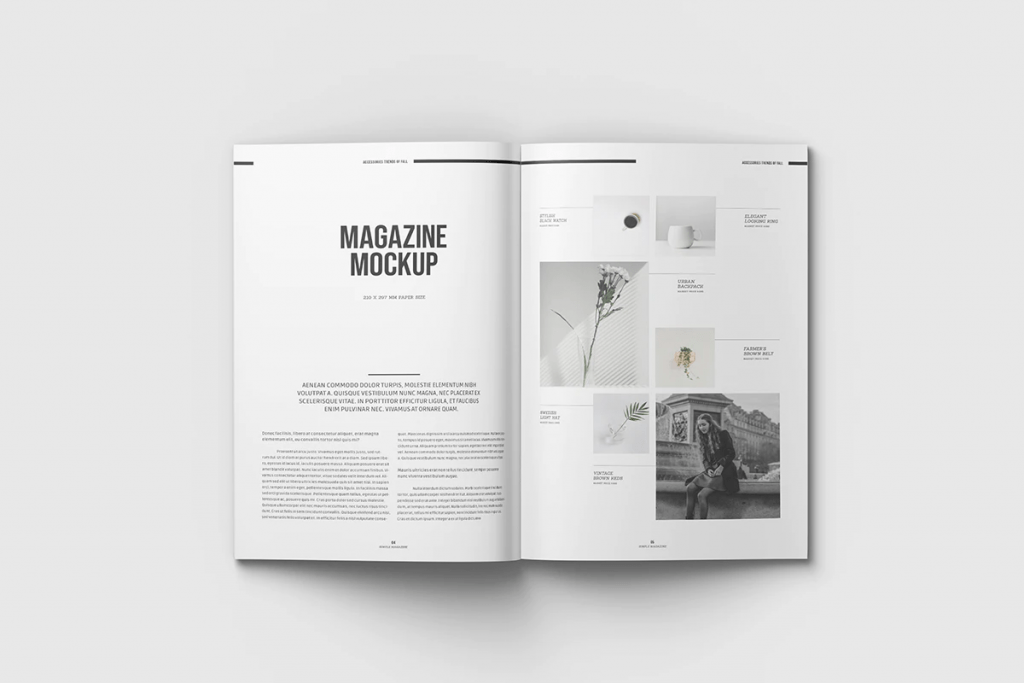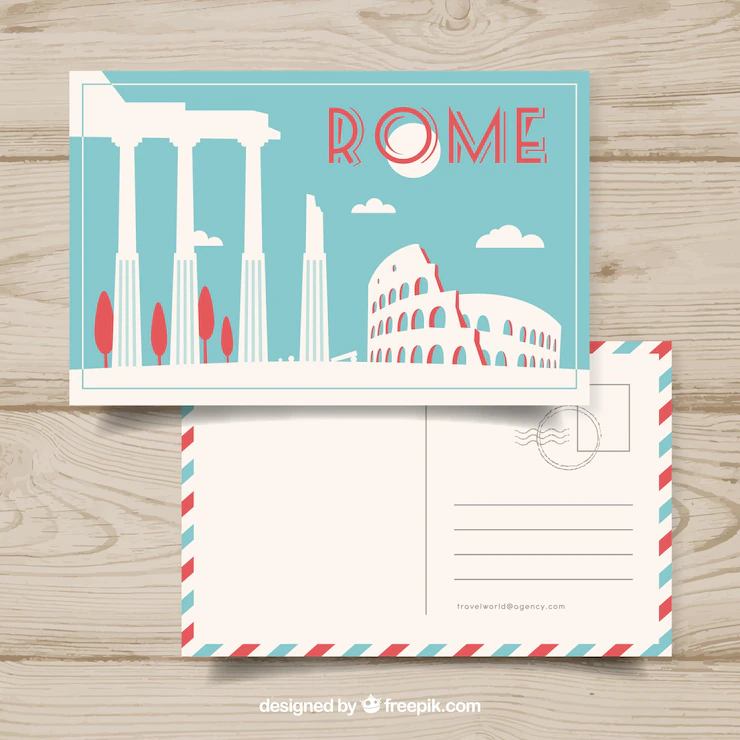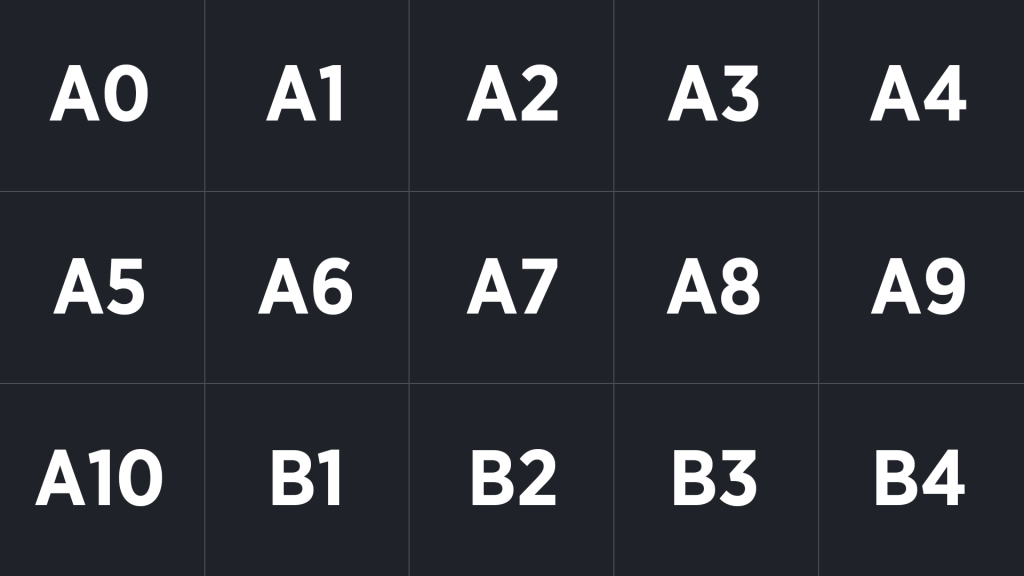What are the sizes of the paper?
International Paper Sizes A0, A1, A2, A3, A4, A5, A6, A7, A8, A9, A10. The international paper size standard is ISO 216. It is based on the German DIN 476 standard for paper sizes. ISO paper sizes are all based on a single aspect ratio of the square root of 2, or approximately 1:1.41421. There are different series, as well as several extensions. The following international paper sizes are included in Cascading Style Sheets (CSS): A3, A4, A5, B4, B5. International paper size standards govern the size of sheets of paper used for writing paper, restaurant menus, stationery, business cards, flyers, posters, brochures, and some printed documents.
International Paper Sizes A0, A1, A2, A3, A4, A5, A6, A7, A8, A9, A10.
| A series | A size in mm (Millimeters) | A size in cm (Centimeters) | A size in in (Inches) |
|---|---|---|---|
| A0 | 841 x 1189 mm | 84.1 x 118.9 cm | 33.1 x 46.8 in |
| A1 | 594 x 841 mm | 59.4 x 84.1 cm | 23.4 x 33.1 in |
| A2 | 420 x 594 mm | 42 x 59.4 cm | 16.5 x 23.4 in |
| A3 | 297 x 420 mm | 29.7 x 42 cm | 11.7 x 16.5 in |
| A4 | 210 x 297 mm | 21 x 29.7 cm | 8.3 x 11.7 in |
| A5 | 148 x 210 mm | 14.8 x 21 cm | 5.8 x 8.3 in |
| A6 | 105 x 148 mm | 10.5 x 14.8 cm | 4.1 x 5.8 in |
| A7 | 74 x 105 mm | 7.4 x 10.5 cm | 2.9 x 4.1 in |
| A8 | 52 x 74 mm | 5.2 x 7.4 cm | 2.0 x 2.9 in |
| A9 | 37 x 52 mm | 3.7 x 5.2 cm | 1.5 x 2.0 in |
| A10 | 26 x 37 mm | 2.6 x 3.7 cm | 1.0 x 1.5 in |
| Letter size | 216 × 279 mm | 21.6 × 27.9 cm | 8.5 × 11 in |
| Paper | Metric | Metric | Imperial |
A series
International Paper Size in cm, mm and in A0, A1, A2, A3, A4, A5, A6, A7, A8, A9, A10.
There are 11 sizes in the A series, designated A0–A10, all of which have an aspect ratio of 
The dimensions of the A series paper sizes, as defined by the ISO 216 standard, are given in the table below the diagram in both millimeters and inches (cm measurements can be obtained by dividing the mm value by 10). The A Series paper size chart, below left, gives a visual representation of how the sizes relate to each other – for example, A5 is half of A4 size paper and A2 is half of A1 size paper.
| A5 vs A6 | 148 x 210 mm vs 105 x 148 mm | A6 vs A5 | 105 x 148 mm vs 148 x 210 mm |
| A4 vs A5 | 210 x 297 mm vs 148 x 210 mm | A5 vs A4 | 148 x 210 mm vs 210 x 297 mm |
| A3 vs A4 | 297 x 420 mm vs 210 x 297 mm | A4 vs A3 | 210 x 297 mm vs 297 x 420 mm |
| A2 vs A3 | 420 x 594 mm vs 297 x 420 mm | A3 vs A2 | 297 x 420 mm vs 420 x 594 mm |
| A1 vs A2 | 594 x 841 mm vs 420 x 594 mm | A2 vs A1 | 420 x 594 mm vs 594 x 841 mm |
| A0 vs A1 | 841 x 1189 mm vs 594 x 841 mm | A1 vs A0 | 594 x 841 mm vs 841 x 1189 mm |
A0 Paper Size
The A0 paper size is the largest standard size in the ISO 216 A series of paper sizes. It is commonly used for large posters, architectural drawings, engineering diagrams, and other oversized documents.
The dimensions of an A0 paper are as follows:
- Width: 841 mm (33.1 inches)
- Height: 1189 mm (46.8 inches)
Just like the other sizes in the A series, A0 International Paper Size has an aspect ratio of 1:√2, which means that it maintains the same proportions as you move up or down the size range. For example, when you fold an A0 paper in half along its longest side, you get two A1 sheets, and when you fold it in half along its shortest side, you get two A2 sheets, and so on. This consistent scaling property is one of the reasons why the A series is widely used for paper and printing standards worldwide.
A0 Dimensions
What size is A0 paper in inches?
A0 paper measures 33.1 × 46.8 inches.
What size is A0 paper in cm?
A0 paper measures 84.1 × 118.9 centimeters.
What size is A0 paper in mm?
A0 paper measures 841× 1189 millimeters.
A1 Paper Size
International Paper Size A1
The A1 paper size is a standard international paper size defined by the ISO 216 standard. It is commonly used for posters, diagrams, architectural drawings, and other large-format documents.
The dimensions of an A1 paper are as follows:
- Width: 594 mm (23.4 inches)
- Height: 841 mm (33.1 inches)
A1 International Paper Size is part of the A series, which includes various paper sizes with a consistent aspect ratio of 1:√2. This means that when you fold an A1 paper in half along its longest side, you get two A2 sheets, and when you fold an A1 paper in half along its shortest side, you get two A3 sheets, and so on.
The A series is widely used around the world for paper and printing standards due to its convenient scaling properties and consistency across different sizes.
A1 Dimensions
What size is A1 paper in inches?
A1 paper measures 23.4 × 33.1 inches.
What size is A1 paper in cm?
A1 paper measures 59.4 × 84.1 centimeters.
What size is A1 paper in mm?
A1 paper measures 594 × 841 millimeters.
A2 Paper Size
International Paper Size A2
What is A2 paper size used for?
A2 format is widely used for medium size posters, architectural drawings, diagrams, and calendars. This is a format that requires a very expensive printer, which is why most A2 are still printed by professionals. The A2 size is equivalent to ¼ of A0 or ½ of A1 (larger sizes) 2 A3 sheets, and 4 A4 sheets … (smaller sizes).
The resolution needed to print an A2-size picture
To output an image properly it needs to have a certain minimum resolution. The number of pixels depends on the required output quality.
- At 300 ppi (pixels per inch) the image needs to be 4960 x 7016 pixels. This is the required resolution for quality offset printing that will be viewed from a short distance (such as books, brochures, magazines, calendars,…). For photos, it is also the optimum resolution but a somewhat lower pixel count (200 to 220 dpi) is acceptable for great-looking photographs.
- At 150 ppi the image needs to be 2480 x 3508 pixels. This is the minimum resolution for newspapers or posters viewed from a fairly short distance.
A digital camera with decent image quality and a resolution of 16 megapixels or more can be used to print high-quality A2-size pictures. Since such posters are usually viewed from a somewhat larger distance a 12-megapixel camera will still offer excellent quality and 8 megapixels will be considered good by many.
A2 Dimensions
A2 International Paper Size format measures 420 × 594 millimeters or 16.54 × 23.39 inches. In PostScript, its dimensions are rounded off to 1190 × 1684 points.
What size is A2 paper in inches?
A2 paper measures 16.54 × 23.39 inches.
What size is A2 paper in cm?
A2 paper measures 42 × 59.4 centimeters.
What size is A2 paper in mm?
A2 paper measures 420 × 594 millimeters.
A3 Paper Size
International Paper Size A3

What is the A3 paper size used for?
The A3 International Paper Size format is widely used for posters, architectural drawings, diagrams, and calendars. It is also frequently used in laser printers to output two A4 pages as a spread. Dimensions: A3 format is 297 by 420 millimeters, approximately 11.7 by 16.5 inches.
A3 Dimensions
What size is A3 paper in inches?
A3 paper measures 11.7 x 16.5 inches.
What size is A3 paper in cm?
A3 paper measures 29.7 x 42 centimeters.
What size is A3 paper in mm?
A3 paper measures 297 x 420 millimeters.
A4 Paper Size
International Paper Size A4
What is A4 paper size used for?
A4 is a paper size that is used for a wide range of documents, including magazines, catalogs, letters, and forms. To many people worldwide, excluding North America and Canada, the most familiar International Paper Size is A4 (a familiar 210mm x 297mm). It is commonly used for letters and correspondence in the UK and it is the standard paper size for most home printers. It is the standard copy paper sheet and can be used in most home and office printers. The size is printable in most common home and office printers and has become the standard copy paper sheet.
The resolution needed to print an A4-size picture
The recommended minimum resolution for A4 photo printing is 3510 x 2490 pixels.
Should I use A4 or a letter format?
Unless you have a very strong US-biased group of clients, use A4. A4 is an international standard, while Letter is only used in the US and Canada.
A4 Dimensions
What size is A4 paper in inches?
A4 paper measures 8.3 × 11.7 inches.
What size is A4 paper in cm?
A4 paper measures 21 × 29.7 centimeters.
What size is A4 paper in mm?
A4 paper measures 210 × 297 millimeters.
A5 Paper Size
International Paper Size A5

What is A5 paper size used for?
A5 International Paper Size can be used for notepads, flyers, stationery, invitations, pocketbooks, and more. Dimensions: A5 format measures 148 × 210 millimeters or 5.83 × 8.27 inches.
A5 Dimensions
What is A5 size in mm?
A5 measures 148 × 210 millimeters.
What is A5 size in cm?
A5 measures 14.8 x 21 centimeters.
What is A5 size in inches?
A5 measures 5.83 × 8.27 inches.
A6 Paper Size
International Paper Size A6

What is A6 paper size used for?
The A6 International Paper Size sheet size measures 105 x 148 mm. Which makes it a popular material of choice for producing postcards, small brochures, or flyers. Sometimes, these are used to create small pocketbooks, library microfiches, and toilet paper.
A6 Dimensions
What is A6 size in mm?
A6 measures 105 x 148 millimeters.
What is A6 size in cm?
A6 measures 10.5 x 14.8 centimeters.
What is A6 size in inches?
A6 measures 4.1 x 5.8 in inches.

B series
B0, B1, B2, B3, B4, B5, B6, B7, B8, B9, B10
The B series international paper size is less common than the A series.
They have the same aspect ratio as the A series:
However, they have a different area. The area of B International Paper Size series sheets is in fact the geometric mean of successive A series sheets. B1 is between A0 and A1 in size, with an area of 0.707 m2 (1⁄√2 m2). As a result, B0 is 1 meter wide, and other sizes of the series are a half, a quarter, or further fractions of a meter wide: in general, every B size has one of its sides 1⁄power of two meters long. That side is the short side for B0, B2, B4, etc. and the long side for B1, B3, B5, etc. The B-series is widely used in the printing industry to describe both paper sizes and printing press sizes, including digital presses. B3 International Paper Size is used to print two US letters or A4 pages side by side using imposition; four pages would be printed on B2, eight on B1, etc.
C series
C0, C1, C2, C3, C4, C5, C6, C7, C8, C9, C10
The C series is defined in ISO 269, which was withdrawn in 2009 without a replacement, but is still specified in several national standards. It is primarily used for envelopes. The area of C series sheets is the geometric mean of the areas of the A and B series International Paper Size sheets of the same number; for instance, the area of a C4 International Paper Size sheet is the geometric mean of the areas of an A4 sheet and a B4 International Paper Size sheet. This means that C4 is slightly larger than A4 and slightly smaller than B4. The practical usage of this is that a letter written on A4 paper fits inside a C4 envelope, and both A4 and C4 paper fits inside a B4 envelope.
Some envelope formats with mixed sides from adjacent sizes (and thus an approximate aspect ratio of 2:1) are also defined in national adaptations of the ISO standard, e.g. DIN C6/C5 (also known as C65) is 114 mm × 229 mm where the common side to C5 and C6 is 162 mm.
ISO international paper sizes (with rounded inch values)
Scroll the table vertically to see the C International Paper Size series
| Format | A series | B series | C series | |||
|---|---|---|---|---|---|---|
| Size | mm × mm | inch × inch | mm × mm | inch × inch | mm × mm | inch × inch |
| 0 | 841 × 1,189 | 33+1⁄8 × 46+19⁄24 | 1,000 × 1,414 | 39+3⁄8 × 55+2⁄3 | 917 × 1,297 | 36+1⁄12 × 51+1⁄12 |
| 1 | 594 × 841 | 23+3⁄8 × 33+1⁄8 | 707 × 1,000 | 27+5⁄6 × 39+3⁄8 | 648 × 917 | 25+1⁄2 × 36+1⁄12 |
| 2 | 420 × 594 | 16+13⁄24 × 23+3⁄8 | 500 × 707 | 19+2⁄3 × 27+5⁄6 | 458 × 648 | 18+1⁄24 × 25+1⁄2 |
| 3 | 297 × 420 | 11+17⁄24 × 16+13⁄24 | 353 × 500 | 13+11⁄12 × 19+2⁄3 | 324 × 458 | 12+3⁄4 × 18+1⁄24 |
| 4 | 210 × 297 | 8+1⁄4 × 11+17⁄24 | 250 × 353 | 9+5⁄6 × 13+11⁄12 | 229 × 324 | 9 × 12+3⁄4 |
| 5 | 148 × 210 | 5+5⁄6 × 8+1⁄4 | 176 × 250 | 6+11⁄12 × 9+5⁄6 | 162 × 229 | 6+3⁄8 × 9 |
| 6 | 105 × 148 | 4+1⁄8 × 5+5⁄6 | 125 × 176 | 4+11⁄12 × 6+11⁄12 | 114 × 162 | 4+1⁄2 × 6+3⁄8 |
| 7 | 74 × 105 | 2+11⁄12 × 4+1⁄8 | 88 × 125 | 3+11⁄24 × 4+11⁄12 | 81 × 114 | 3+5⁄24 × 4+1⁄2 |
| 8 | 52 × 74 | 2+1⁄24 × 2+11⁄12 | 62 × 88 | 2+11⁄24 × 3+11⁄24 | 57 × 81 | 2+1⁄4 × 3+5⁄24 |
| 9 | 37 × 52 | 1+11⁄24 × 2+1⁄24 | 44 × 62 | 1+3⁄4 × 2+11⁄24 | 40 × 57 | 1+7⁄12 × 2+1⁄4 |
| 10 | 26 × 37 | 1+1⁄24 × 1+11⁄24 | 31 × 44 | 1+5⁄24 × 1+3⁄4 | 28 × 40 | 1+1⁄12 × 1+7⁄12 |
| i | ![68047ec4302bad866cc786f974b57ae12518accb International Paper Sizes A0, A1, A2, A3, A4, A5, A6, A7, A8, A9, A10 11 {displaystyle alpha _{A}=({sqrt[{4}]{2}}cdot 1000),{text{mm}};r={frac {1}{sqrt {2}}}}](https://wikimedia.org/api/rest_v1/media/math/render/svg/68047ec4302bad866cc786f974b57ae12518accb) |  | ![917369f17b72cbe1616e1a0473cbfe5d6e257bd1 International Paper Sizes A0, A1, A2, A3, A4, A5, A6, A7, A8, A9, A10 13 {displaystyle alpha _{C}=({sqrt[{8}]{8}}cdot 1000),{text{mm}};r={frac {1}{sqrt {2}}}}](https://wikimedia.org/api/rest_v1/media/math/render/svg/917369f17b72cbe1616e1a0473cbfe5d6e257bd1) | |||
The 
Applications
Paper can be produced with a wide variety of properties, depending on its intended use.
- For representing value: paper money, bank notes, cheques, security (see security paper), vouchers, and tickets.
- For storing information: book, notebook, graph paper, punched card, photographic paper.
- For published materials, publications, and reading materials: books, newspapers, magazines, posters, pamphlets, maps, signs, labels, advertisements, and billboards.
- For individual use: diary, notebooks, writing pads, memo pads journals, planners, notes to remind oneself, etc.; for temporary personal use: scratch paper.
- For business and professional use: copier paper, ledger paper, typing paper, computer printer paper. Specialized paper for forms and documents such as invoices, receipts, tickets, vouchers, bills, contracts, official forms, and agreements.
- For communication: between individuals and/or groups of people: magazine, newspaper, art, zine, letter, newsprint, card stock.
- For organizing and sending documents: envelopes, file folders, packaging, pocket folders, and partition folders.
- For packaging: corrugated box, paper bag, envelope, wrapping paper, paper string
- For cleaning: toilet paper, paper towels, facial tissue.
- For food utensils and containers: paper plates and paper cups, beverage cartons, tea bags, condiments, food packaging, coffee filters, and cupcake cups.
- For construction: paper-mâché, origami paper, paper planes, quilling, paper honeycomb, sandpaper, used as a core material in composite materials, paper engineering, construction paper, paper yarn, and paper clothing.
- For other uses: emery paper, blotting paper, litmus paper, universal indicator paper, paper chromatography, electrical insulation paper (see also fish paper), filter paper, and wallpaper.
Thanks for reading “International Paper Sizes A0, A1, A2, A3, A4, A5, A6, A7, A8, A9, A10”!
Source: wikipedia.org
Best plugins
How to Make Money Online: Top 14 Ways
HTML (Hypertext Markup Language): The Foundation of the Web
How to Play a Video in a PowerPoint Presentation Automatically (10 steps)



